Which compound exhibits maximum dipole moment among the following ?

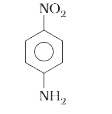
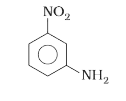

To determine which compound exhibits the maximum dipole moment among the given options, we need to analyze the electron-donating and electron-withdrawing effects of the substituents on the benzene ring in each compound. Let's break down the analysis step by step.
Step 1: Identify the Compounds
We need to identify the compounds provided in the question. Common examples could include:
1. Nitrobenzene (C6H5NO2)
2. Aniline (C6H5NH2)
3. Para-nitroaniline (C6H4(NH2)(NO2))
4. Other possible derivatives.
Step 2: Understand Dipole Moment
The dipole moment (μ) is a vector quantity that measures the separation of positive and negative charges in a molecule. It arises due to the electronegativity differences between atoms. A larger dipole moment indicates a more polar molecule.
Step 3: Analyze Electron-Withdrawing and Electron-Donating Groups
- Electron-Withdrawing Groups (EWG): Such as NO2, which pull electron density away from the benzene ring, leading to a partial positive charge on the ring and a partial negative charge on the EWG.
- Electron-Donating Groups (EDG): Such as NH2, which push electron density towards the benzene ring, resulting in a partial negative charge on the ring and a partial positive charge on the EDG.
Step 4: Analyze Each Compound
1. Nitrobenzene: The NO2 group is an electron-withdrawing group, which causes a significant dipole moment directed towards the nitro group. The dipole moment is substantial due to the strong electronegativity of nitrogen and oxygen.
2. Aniline: The NH2 group is an electron-donating group, which pushes electron density towards the ring. This results in a dipole moment directed downwards towards the NH2 group, but it is generally lower than that of nitrobenzene.
3. Para-Nitroaniline: This compound has both an NH2 (EDG) and an NO2 (EWG) group. The dipole moments from both groups will add vectorially. The NH2 group will contribute a downward dipole moment, while the NO2 group will contribute an upward dipole moment. The resultant dipole moment will be the vector sum of these two, likely resulting in a larger overall dipole moment.
4. Other Compounds: If there are other derivatives, they should be analyzed similarly based on the presence of EDGs or EWGs.
Step 5: Conclusion
After analyzing the compounds:
- Nitrobenzene has a significant dipole moment due to the strong electron-withdrawing effect of the NO2 group.
- Aniline has a lower dipole moment due to the electron-donating effect of the NH2 group.
- Para-nitroaniline, having both groups, will have the largest dipole moment due to the combined effects of the NH2 and NO2 groups.
Thus, the compound that exhibits the maximum dipole moment is para-nitroaniline.
Final Answer
Para-nitroaniline exhibits the maximum dipole moment among the given compounds.
We need to identify the compounds provided in the question. Common examples could include:
1. Nitrobenzene (C6H5NO2)
2. Aniline (C6H5NH2)
3. Para-nitroaniline (C6H4(NH2)(NO2))
4. Other possible derivatives.
The dipole moment (μ) is a vector quantity that measures the separation of positive and negative charges in a molecule. It arises due to the electronegativity differences between atoms. A larger dipole moment indicates a more polar molecule.
- Electron-Withdrawing Groups (EWG): Such as NO2, which pull electron density away from the benzene ring, leading to a partial positive charge on the ring and a partial negative charge on the EWG.
- Electron-Donating Groups (EDG): Such as NH2, which push electron density towards the benzene ring, resulting in a partial negative charge on the ring and a partial positive charge on the EDG.
1. Nitrobenzene: The NO2 group is an electron-withdrawing group, which causes a significant dipole moment directed towards the nitro group. The dipole moment is substantial due to the strong electronegativity of nitrogen and oxygen.
2. Aniline: The NH2 group is an electron-donating group, which pushes electron density towards the ring. This results in a dipole moment directed downwards towards the NH2 group, but it is generally lower than that of nitrobenzene.
After analyzing the compounds:
- Nitrobenzene has a significant dipole moment due to the strong electron-withdrawing effect of the NO2 group.
- Aniline has a lower dipole moment due to the electron-donating effect of the NH2 group.
- Para-nitroaniline, having both groups, will have the largest dipole moment due to the combined effects of the NH2 and NO2 groups.
Para-nitroaniline exhibits the maximum dipole moment among the given compounds.
Topper's Solved these Questions
- INTRODUCTION TO ORGANIC CHEMISTRY BOOK - VMC MODULES ENGLISHCHAPTER - INTRODUCTION TO ORGANIC CHEMISTRY EXERCISE - JEE ADVANCED ARCHIVE
81 Videos
- INTRODUCTION TO ORGANIC CHEMISTRY BOOK - VMC MODULES ENGLISHCHAPTER - INTRODUCTION TO ORGANIC CHEMISTRY EXERCISE - LEVEL 2 (Numerical value type )
15 Videos
- ICONIC EQUILIBRIUMBOOK - VMC MODULES ENGLISHCHAPTER - ICONIC EQUILIBRIUMEXERCISE - IMPECCABLE
50 Videos
- IONIC EQUILIBRIUMBOOK - VMC MODULES ENGLISHCHAPTER - IONIC EQUILIBRIUMEXERCISE - IN - CHAPTER EXERCISE - K
10 Videos
Similar Questions
Knowledge Check
Which has maximum dipole moment ?
A B
B C
C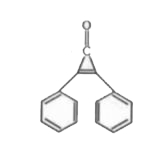 D
D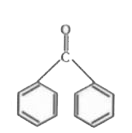
Which carbonyl compound has maximum dipole moment?
A B
B C
C D
D
Which compound posses highest dipole moment ?
AnaphthaleneBphenanthreneCanthraceneDazulene
Which compound does not have zero dipole moment ?
View SolutionCalculate the dipole moment of the following compound
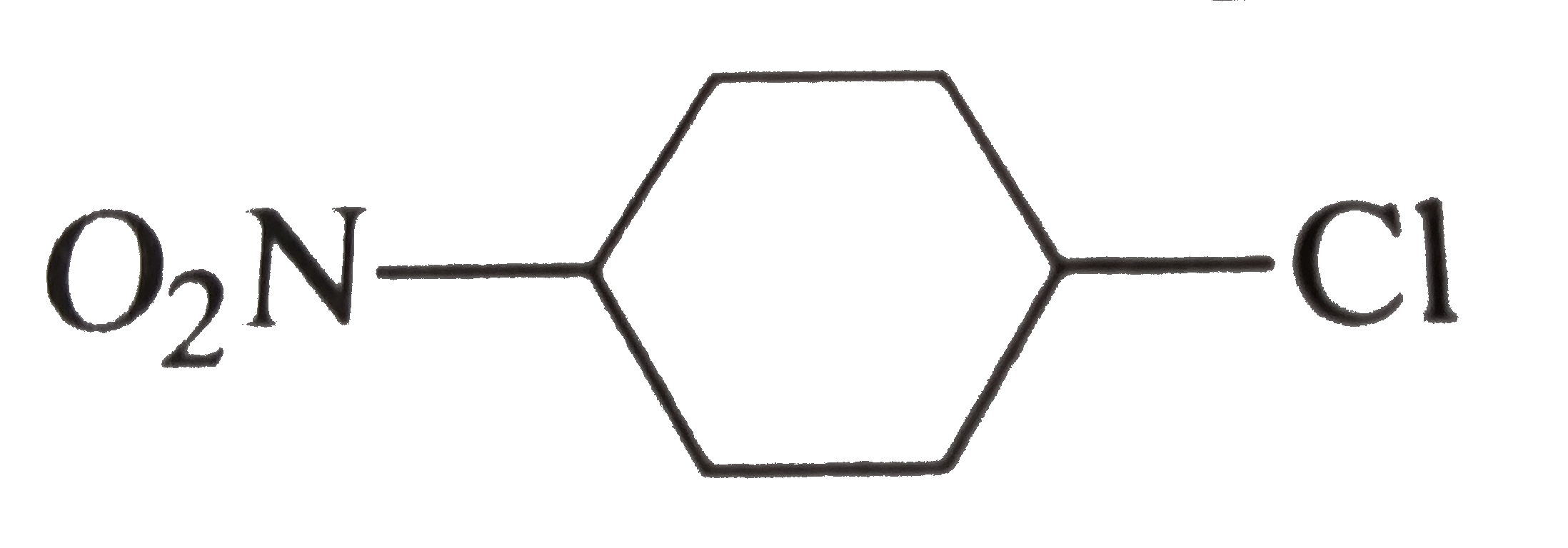 .
.
View SolutionFind out the incorrect order of the dipole moment among the following pair of compound
View SolutionThe compound with no dipole moment is
View SolutionIn which of the following does the first compound have a higher dipole moment than the second ?
View Solution
